The frozen carcass of an Ice Age woolly rhinoceros, with its hazel-colored hair still intact, has been found from the permafrost of Siberia.
The bones, which are 80 percent intact and contain a proof of the last meal of the animal, were excavated in the Sakha Republic’s Abyysky district in August.
Local resident Alexei Savvin discovered that includes multiple internal organs and structures, including teeth, part of the intestines, and a lump of fat.
Experts agree that the remains are most likely to be about 34,000 years old, but radiocarbon dating is yet to validate its precise age.
The discovery was made near the location where the only known baby woolly rhino specimen was excavated back in 2014, named Sasha.
Last year, in the same district, near a tributary of the remote Tirekhtyakh River, the remains of two extinct cave lion cubs,’ Boris’ and ‘Sparta’ were discovered.
“According to preliminary estimates, the rhino is three or four years old and is a very young cub,” said paleontologist Albert Protopopov of the Sakha Republic Academy of Sciences.
“Most likely, it drowned in the river. The carcass is very well preserved,” he added.
“Among other things, part of the internal organs are preserved, which in the future will make it possible to study in more detail how the species ate and lived.”
A horn near the remains of the young Pleistocene beast was also discovered by researchers, the sex of it has not yet been determined.
Sasha, the baby woolly rhino retrieved six years ago from the same location, was dated back to around 34,000 years ago, but this latest discovery may be between 20,000-50,000 years, the researchers said. It was predicted that the animal had probably died in the summer.
“The Abyisky rhinoceros can already be called the only one of its kind in the world,” Dr. Protopopov said.
“Earlier, not even the bone remains of individuals of this age were found, not to mention the preserved carcasses of animals.”
“As a rule, these were either cubs or adults.”
The latest specimen is currently stored near where it was found, awaiting transportation to the capital city of the Republic of Yakutsk as weather permits.
“We also found that woolly rhinoceroses were covered in very thick hair,” said paleontologist Valery Plotnikov, also of the Academy of Sciences.
“Previously, we could judge this only from rock paintings discovered in France.”
“Now, judging by the thick coat with the undercoat, we can conclude that the rhinoceroses were fully adapted to the cold climate very much from a young age.”
Source: Daily Mail UK

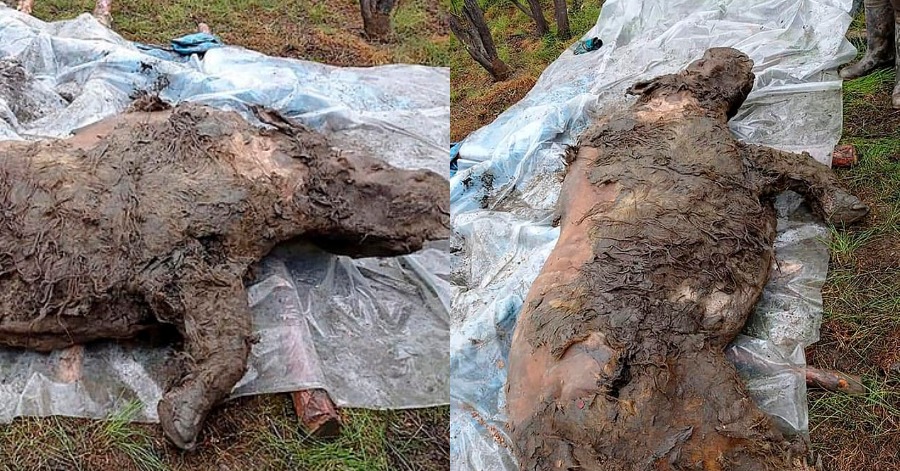


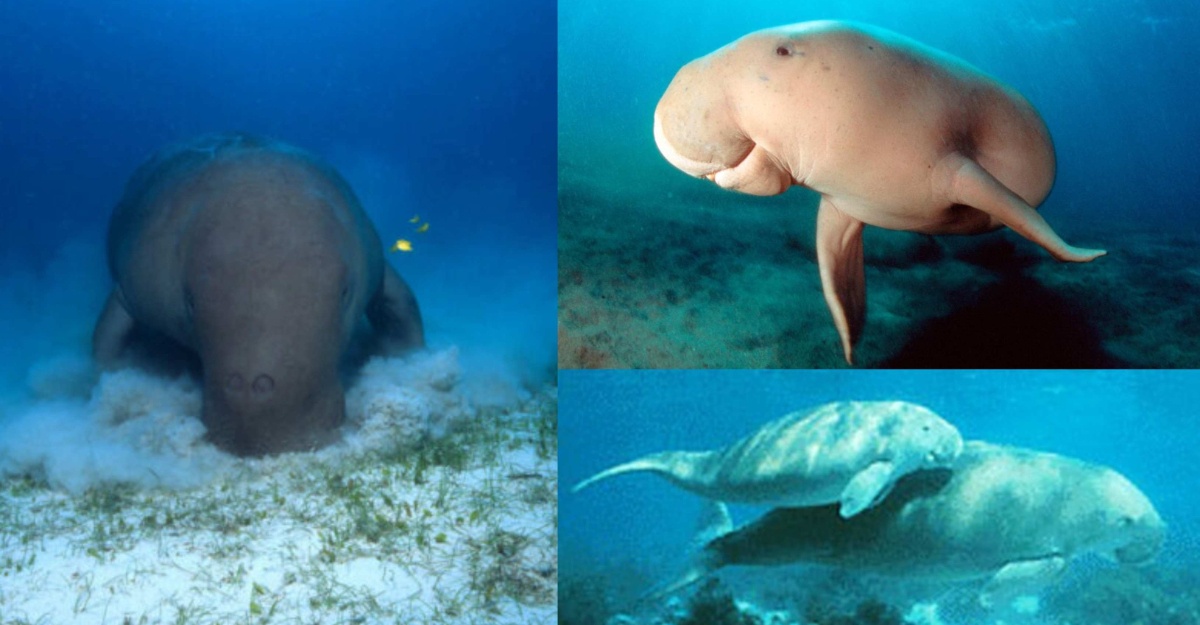
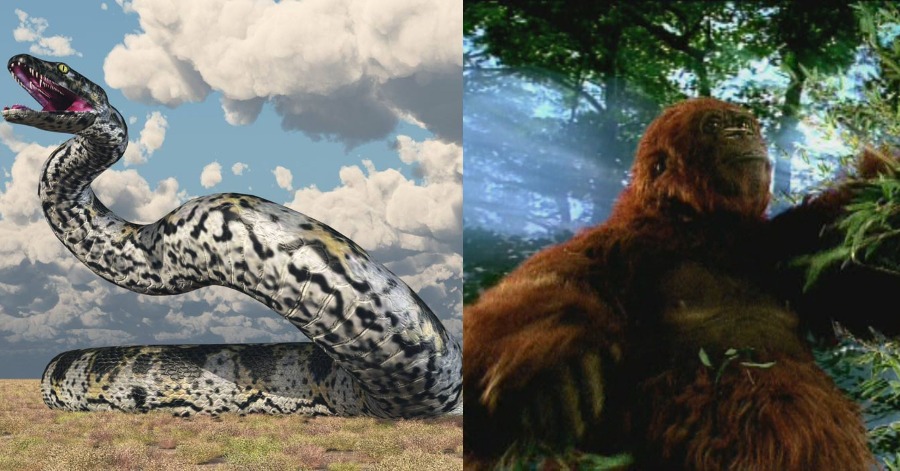

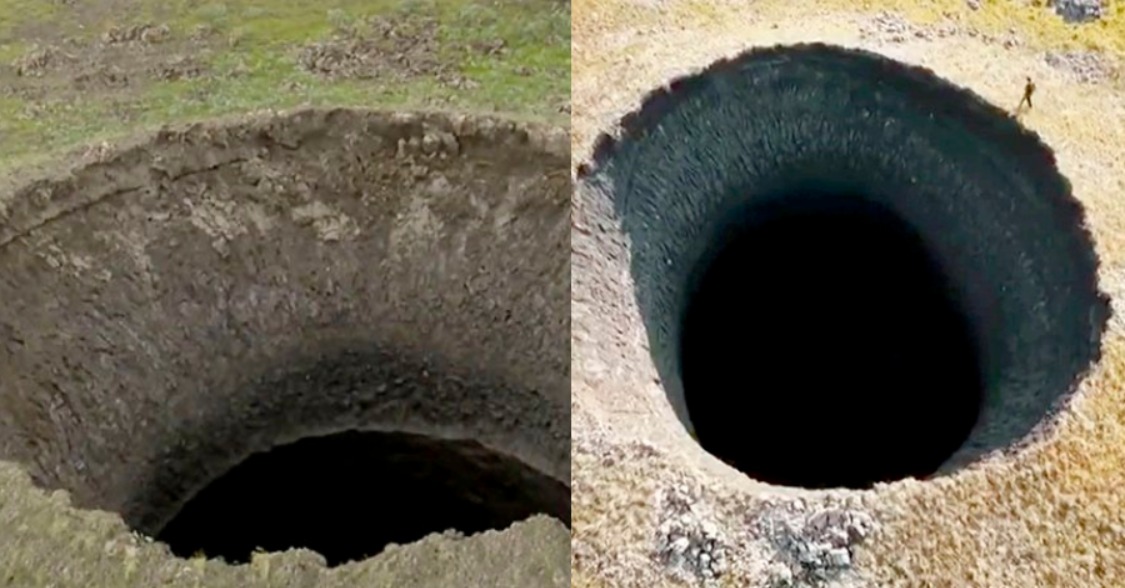
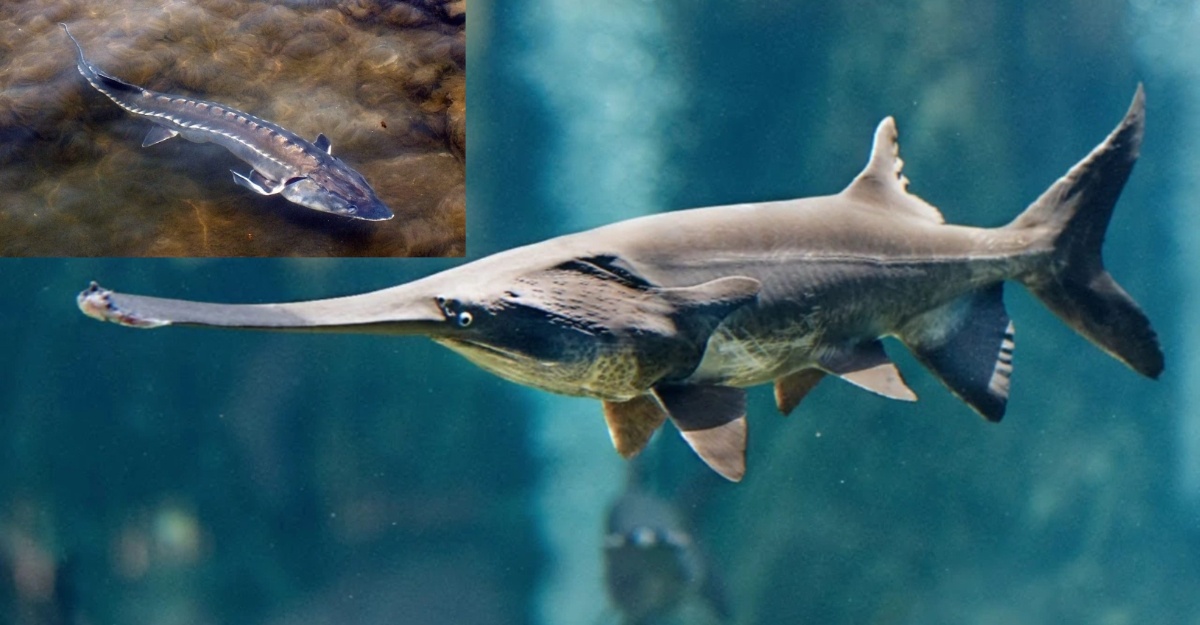
Leave a Comment